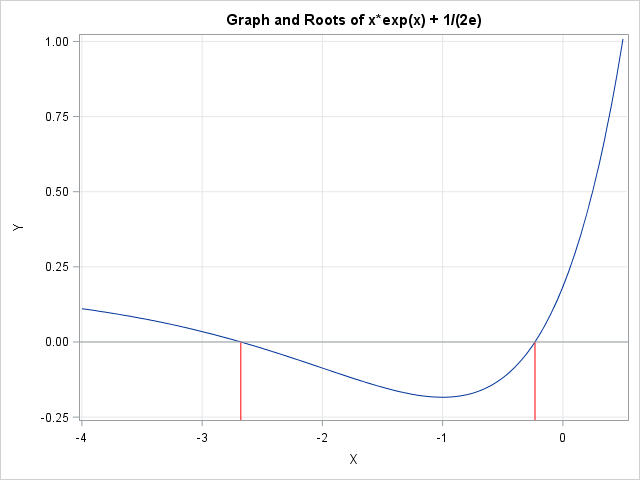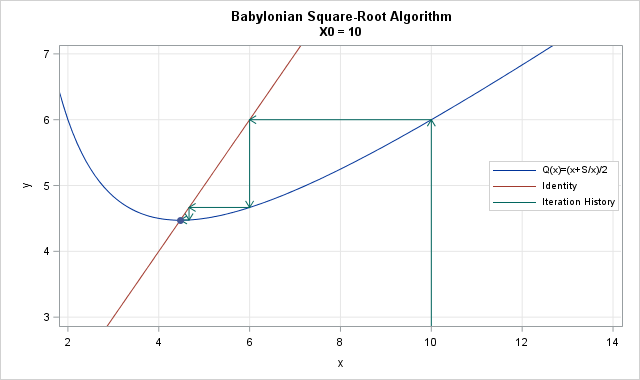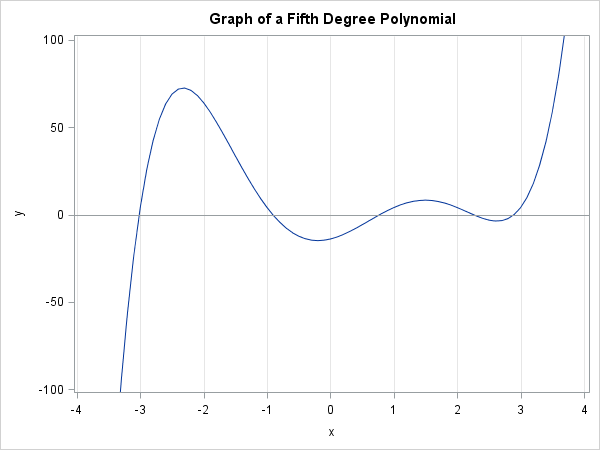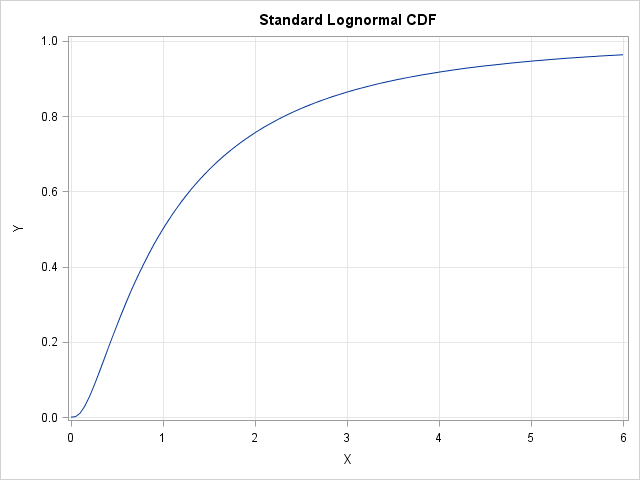
Edmond Halley (1656-1742) is best known for computing the orbit and predicting the return of the short-period comet that bears his name. However, like many scientists of his era, he was involved in a variety of mathematical and scientific activities. One of his mathematical contributions is a numerical method for









